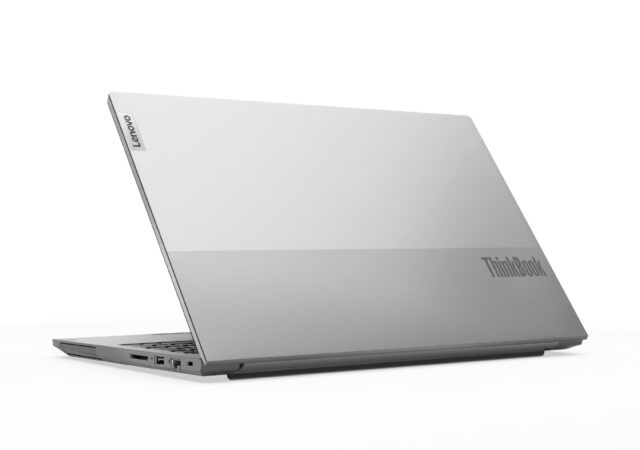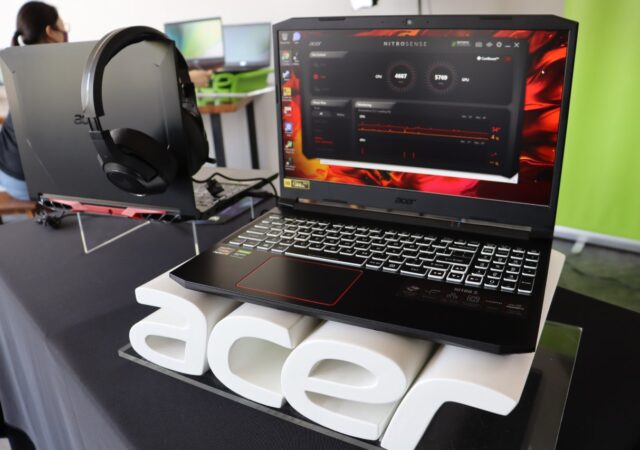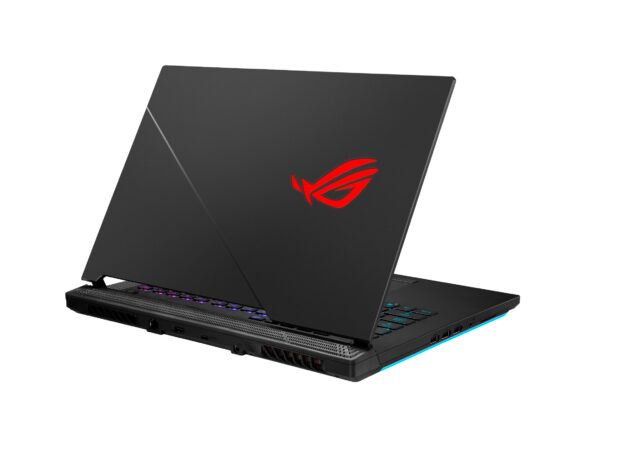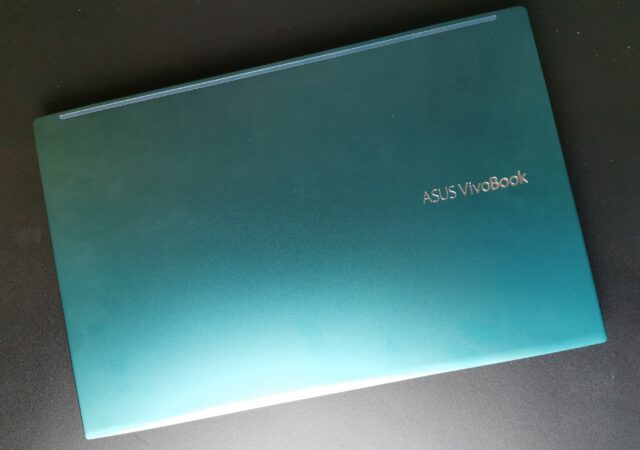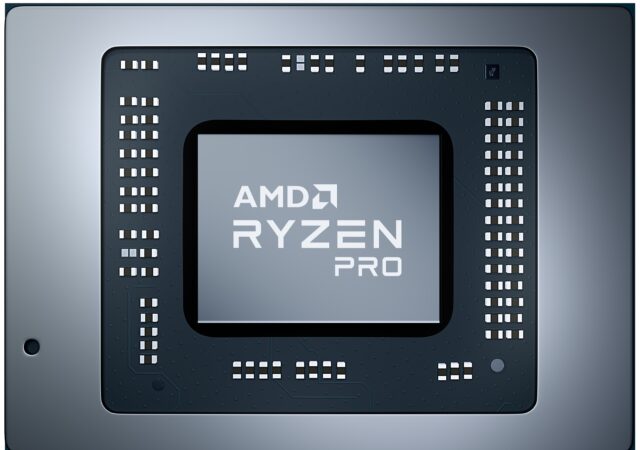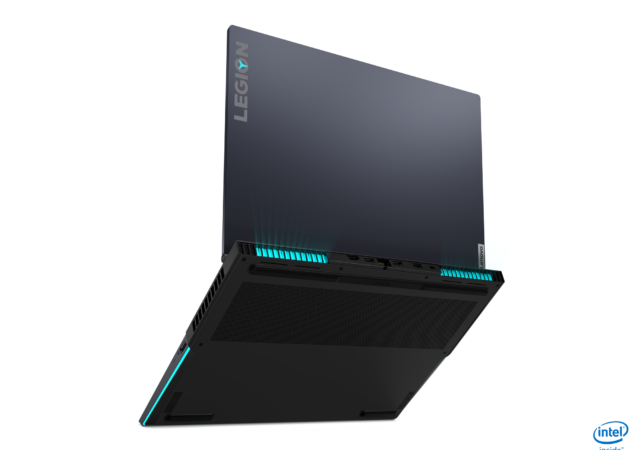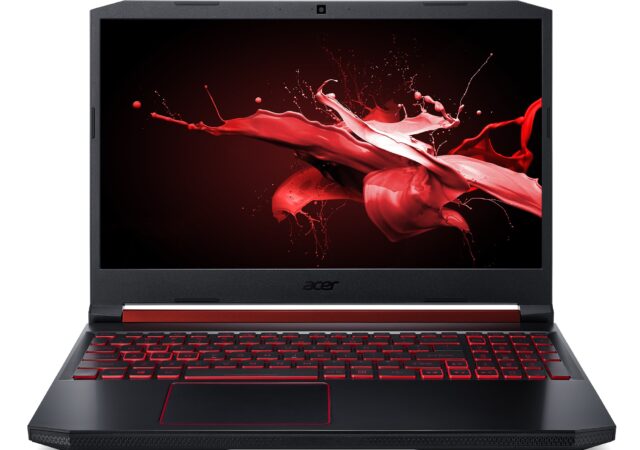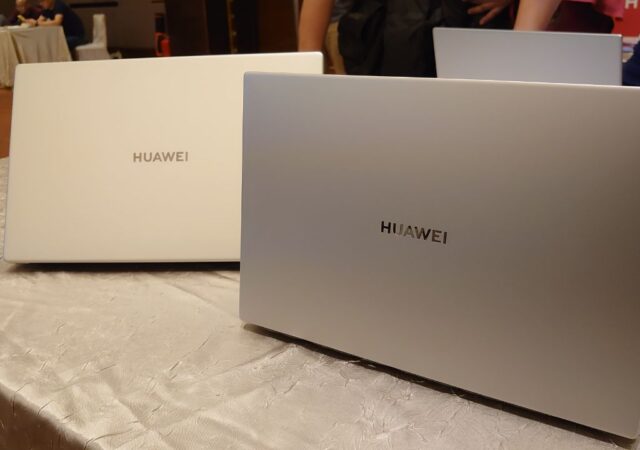Lenovo launches their latest ThinkBook notebook series in Malaysia with Intel’s 11th Generation Core processors.
The HONOR MagicBook Pro and Watch GS Pro is now Available in Malaysia for MYR 3,559 and MYR 999!
HONOR just launched their brand-new MagicBook Pro notebook and Watch GS Pro smartwatch for MYR 3,599 and MYR 999 respectively.
An AMD Twist for the Acer Nitro 5 (2020)
Acer introduces a new variant of the Acer Nitro 5 gaming notebook packing AMD’s Ryzen 7 4800 and NVIDIA GeForce GTX 1650 for MYR 4,099.
The New ASUS ROG STRIX gaming Notebooks with Liquid Metal Cooling Comes to Malaysia!
ASUS just launched their new ROG STRIX gaming notebook with Intel’s 10th generation Core procesor and liquid metal cooling.
The ASUS VivoBook S15 S533 (2020) In-Depth Review – You Pretty Thang
The new VivoBook S15 S533 releases in Malaysia today. Is it any good? We think so. Should you get it? I don’t know, let’s find out together.
AMD Ryzen PRO 4000 Mobile Series Comes Out to Work
AMD released the AMD Ryzen PRO 4000 series mobile CPUs for the working professionals. The new, more powerful CPUs are also more secure.
Lenovo Legion to Add Two More in Their Line-up – Lenovo Legion 7i and Legion 5i
The Lenovo Legion gaming notebook PC line-up is going to get more crowded with the new Lenovo Legion 7i and 5i. They are thinner and just as powerful. Prices start from US$ 999 and US$ 1,199.
Acer Updates the Nitro 5 Ahead of Lazada’s Birthday with MYR 300 in Discount!
Acer has just launched their new upgraded Acer Nitro 5 gaming notebook PC. It now features a Core i7, a bigger RAM, and more powerful GPU to start with. All that, while maintaining its great looks. Available now for MYR 4,499. It will be available for MYR 4,184 on Lazada’s 8th birthday on the 27th April 2020.
HUAWEI MateBook D Series Launched With Better Value For Power
HUAWEI launching D Series Laptops, the D14 and D15. Running on either Intel or AMD’s chipset.
HUAWEI MateBook D 15 Visits Malaysia! Get Yours for MYR 2,499
HUAWEI is now more than just a smartphone brand. While they are known for their very compelling and innovative smartphones like their latest HUAWEI Mate 30 series, or the foldable Mate X; they make more than smartphones. In fact, they…



